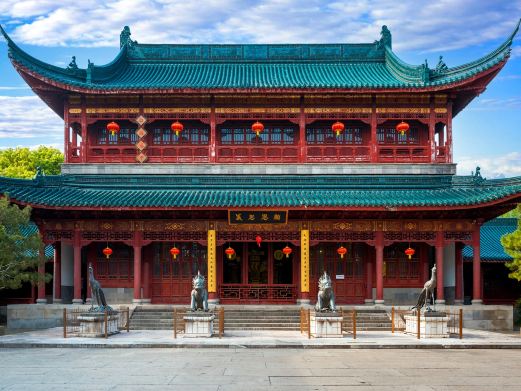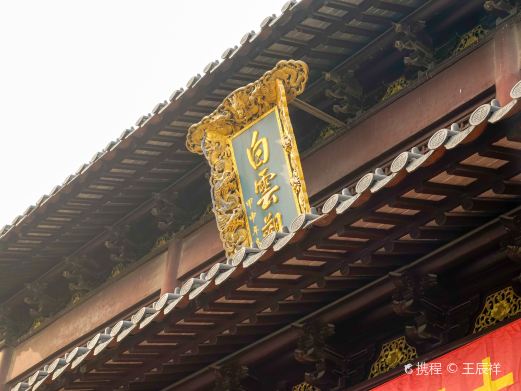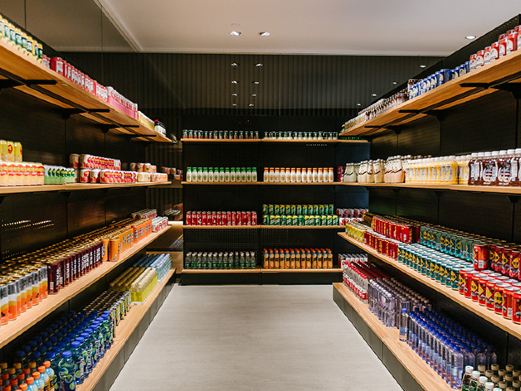Suzhou is home to eight water and land city gates, in addition to the previously mentioned Panmen and Xumen, there are also Chang, She, Lou, Jiang, Ping, and Qi gates. From the Qing Dynasty’s Qianlong period, as depicted in ‘The Flourishing Scenery of Gusu’, the inner city gate of Changmen faces Changmen Street (now West Zhongshi Street), with a city tower similar to that of Panmen. The outer city gate is adjacent to a drawbridge, and the enceinte is rectangular, containing an inner fortress and two additional gates, Tongzi, one to the south and one to the north. The southern Tongzi gate leads to what is now Nantang Road, while the northern Tongzi gate leads to the North Dock. During the Taiping Rebellion, the enceinte of Changmen was destroyed, leaving only the inner city and the inner fortress. In 1927, during the construction by the Municipal Preparation Office’s Public Works Bureau, the inner fortress was demolished, and the narrow old city gate was also removed. In 1934, the city gate was rebuilt in a Romanesque style仿金门, resulting in three gates; the central one for vehicle traffic and the two sides for pedestrian traffic. The water city gate of Changmen is located to the north of the inner city gate, spanning the Xiatang Street River. Initially, there was a wooden gate in the early years after liberation, which was removed in the 1950s, leaving only the foundation of the water city gate. The stone step beam bridge, Julong Bridge, outside the water city gate was converted into a sluice gate in the early 1970s. The opening hours are all year round, open all day long.
Changmen – A Historic Landmark in Suzhou
Suzhou is home to eight water and land city gates, in addition to the previously mentioned Panmen an[...]









